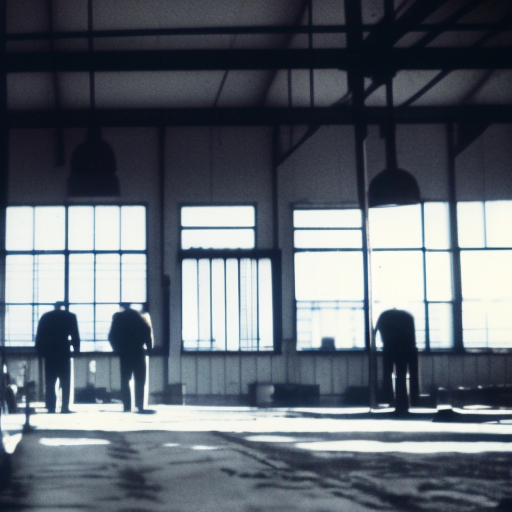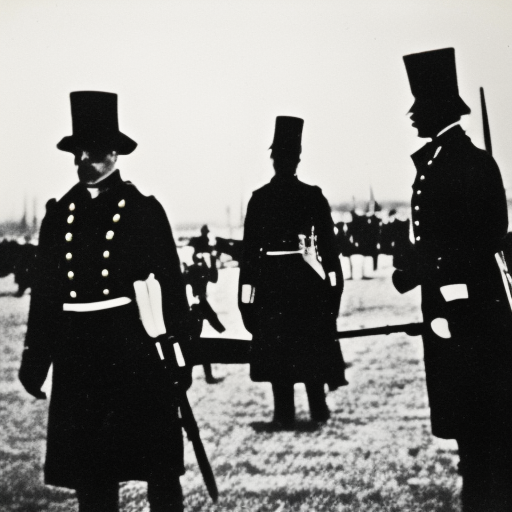The Lowell Factory System: Revolutionizing Textile Manufacturing in America
The Lowell Factory System was a groundbreaking development in the history of American textile manufacturing. It emerged in the early 19th century in Lowell, Massachusetts, and revolutionized the industry by combining several innovative elements. This system not only transformed the way textiles were produced but also had a significant impact on the lives of workers and the growth of industrialization in the United States.
The Birth of the Lowell Factory System
The Lowell Factory System was established by Francis Cabot Lowell, a wealthy businessman from New England. Inspired by the success of British textile mills, Lowell sought to replicate their efficiency and profitability in the United States. In 1814, he traveled to England to observe their manufacturing methods and memorized the details of their textile machinery.
Upon his return, Lowell partnered with other investors and formed the Boston Manufacturing Company in 1813. They built a textile mill in Waltham, Massachusetts, which became the first successful integrated textile factory in the United States. This early success prompted Lowell and his associates to establish a larger and more ambitious operation in Lowell, Massachusetts.
The Components of the Lowell Factory System
The Lowell Factory System incorporated several key components that set it apart from traditional textile manufacturing. First and foremost was the use of power looms and other machinery, which greatly increased productivity and efficiency. These machines were operated by both skilled and unskilled workers, with the latter performing repetitive tasks.
Another crucial element was the employment of young, unmarried women as the primary workforce. These women, often referred to as “Lowell girls,” were recruited from rural areas and offered employment opportunities that were previously unavailable to them. They lived in boarding houses provided by the factory owners and were subject to strict rules and regulations.
The Lowell Factory System also introduced the concept of the “factory village.” The mill owners built housing, schools, and other amenities to create a self-contained community for their workers. This approach aimed to provide a controlled and disciplined environment while also ensuring a stable and reliable workforce.
The Impact of the Lowell Factory System
The Lowell Factory System had a profound impact on American society and the industrialization of the country. It played a significant role in the growth of the textile industry, making the United States a major player in global textile production. The system’s emphasis on mechanization and efficiency set the stage for further advancements in manufacturing technology.
The employment of young women in the factories also had far-reaching consequences. It provided economic opportunities for women who were previously limited to domestic work or agricultural labor. However, it also exposed them to harsh working conditions, long hours, and low wages. The factory system contributed to the emergence of the labor movement and the fight for workers’ rights in the United States.
The establishment of factory villages had both positive and negative effects. On one hand, it provided workers with access to education, healthcare, and other amenities that were not readily available in rural areas. On the other hand, it created a dependency on the factory owners and restricted workers’ freedom and mobility.
In conclusion, the Lowell Factory System was a groundbreaking development in American textile manufacturing. It introduced innovative machinery, employed young women as the primary workforce, and created self-contained factory villages. While it revolutionized the industry and provided economic opportunities, it also exposed workers to harsh conditions and contributed to the emergence of the labor movement. The impact of the Lowell Factory System can still be felt today, as it laid the foundation for the industrialization and economic growth of the United States.












